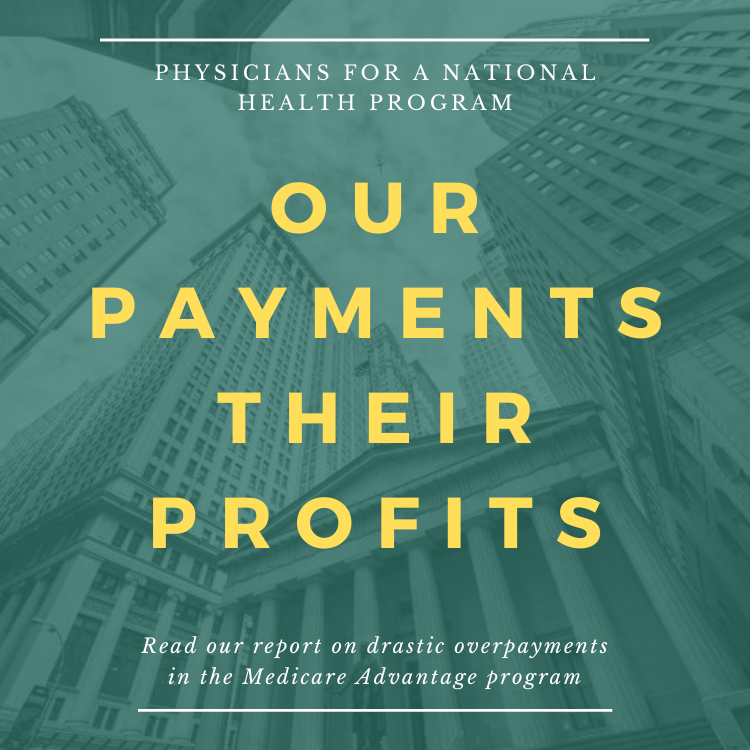By Anna Wilde Mathews
The Wall Street Journal, March 17, 2013
Last fall, two big employers embarked on a radical new approach to employee health benefits, offering workers a sum of money and allowing them to choose their health plans on an online marketplace. Now, the first results are in: Many workers were willing to choose lower-priced plans that required them to pay more out of their pockets for health care.
The new online marketplace, operated by consulting firm Aon Hewitt, a unit of Aon PLC, was used by more than 100,000 employees of Sears Holdings Corp. and Darden Restaurants Inc. (Olive Garden and Red Lobster), as well as Aon itself, to pick plans for 2013. The employers gave workers a set contribution to use toward health benefits, and they could opt to pay more each month to get richer plans, or choose cheaper ones that might have bigger out-of-pocket fees, such as higher deductibles.
Such employer-centric marketplaces, known as private exchanges, are separate from the public exchanges created by the federal health overhaul law, which will be set up by state and federal governments. However, the public exchanges, serving individual consumers and small businesses, will operate on a similar principle of allowing people to shop for health coverage in an online marketplace.
Companies offering the exchanges say that a lot of employers are considering the approach. “The interest level is like nothing I’ve ever seen,” said Eric Grossman, a senior partner at Mercer.
Change in workers’ choices:
Consumer-Directed Health Plan (Higher deductible)
2012: 12%
2013: 39%
Health Maintenance Organization (HMO)
2012: 18%
2013: 14%
Preferred Provider Organization (PPO)
2012: 70%
2013: 47%
http://online.wsj.com/article/SB10001424127887323639604578366420251188326.html
Comment:
By Don McCanne, M.D.
Be prepared. Very shortly you will be hearing from the supporters of consumer-directed health plans (CDHPs) of the phenomenal success of these plans wherein you put consumers in charge of the money to be used for their health plan purchases. In the first year of this program, there has been a massive shift from more traditional preferred provider organizations (PPOs) to these CDHPs. But you have to understand why this is really terrible news.
Under the traditional employer-sponsored defined benefit health plans, the employers purchase plans for their employees, with the employees paying a percentage of the premium. If the employer offers options, the employee will often select the plan that requires a lower contribution – typically a PPO, but with enough benefits to provide some health security.
Under this newer model of employer-sponsored defined contribution health plans, the employers give a fixed amount of money to each employee to be used to select plans from these private insurance exchanges. Since the employees become responsible for 100 percent of the premium costs above the employer defined contribution, the employees have a much greater incentive to choose plans with the premiums that are closest to the amount of the employer defined contribution – typically a cheaper CDHP.
The experience in the first year alone, with this Aon-operated exchange, 23 percent of employees dropped PPOs, and 4 percent dropped HMOs, resulting in increased enrollment in CDHPs from 12 percent in 2012 to an astonishing 39 percent in 2013!
While the CDHP advocates spread the word that giving consumers control of their health insurance dollars will lower health care spending by allowing employees to “buy only the insurance that they need,” they will remain silent on what really happened. They shifted risk from the employers and their insurers onto the backs of the employees.
How does this work? First, it is important to understand that the workforce and their young families are the healthiest sector of our society. When selecting a plan, it is understandable that many workers would prefer to take home more money in exchange for the risk of paying more out of pocket in the unlikelihood of a major medical event occurring in the next year. People who live check-to-check welcome trading a higher net income for accepting more risk should a low-odds event happen to them.
Keep in mind that a minority of workers or their family members actually will face major medical events. Should that occur, these individuals, who have quite modest incomes, will be responsible for huge medical bills – bills because of the very high deductibles, high coinsurance, and all costs of out-of-network care in these plans that tend to have more limited networks.
This is a setup for personal bankruptcy. Should these CDHP-enrolled employees lose their bets and end up with major injuries or major medical disorders, a very large percentage of them will face this prospect . This is exactly the opposite of what their health care coverage should be providing. The system should ensure that financial barriers to care are removed so that patients can access the care that they need without having to face severe financial hardship.
So when the CDHP advocates tout the success of empowered health care insurance shoppers, they will be able to claim that it works really well for most workers and their families (only not for those who end up needing health care). We need to keep exposing this con job.
